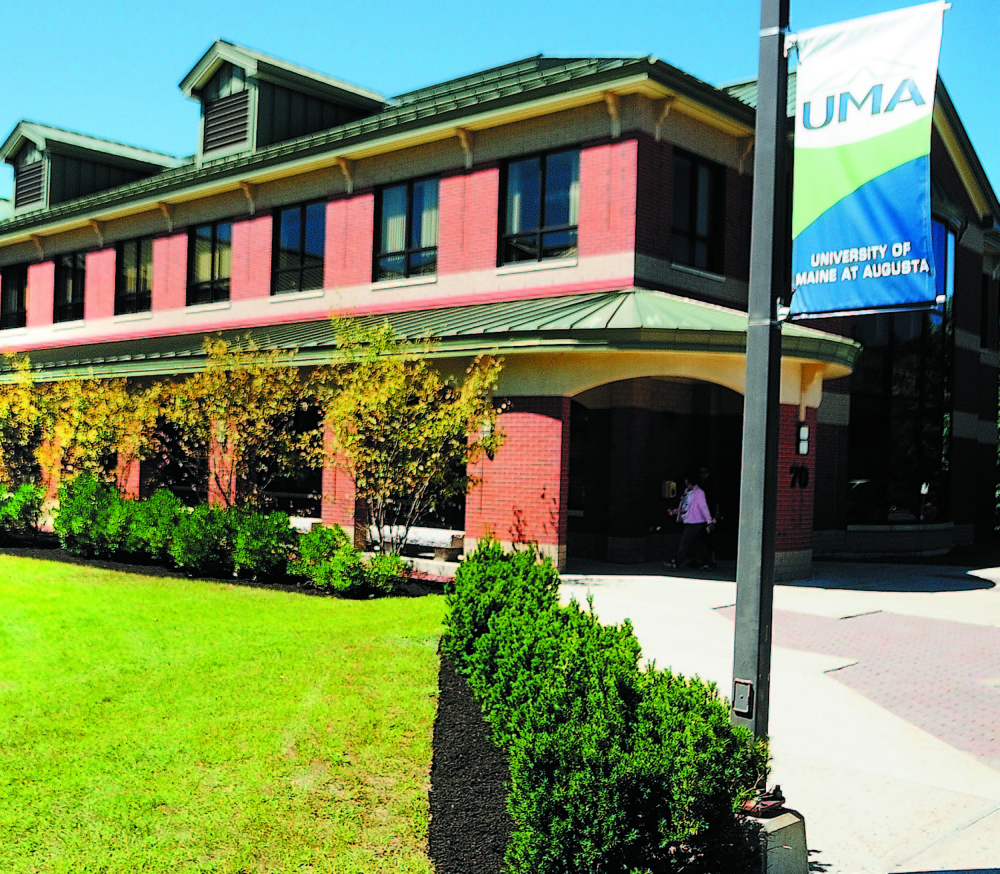AUGUSTA — University of Maine at Augusta officials say an improved ranking in an annual list of the nation’s top universities for online bachelor’s degree programs by U.S. News & World Report show the strides the university has made with its online offerings.
It’s the third year the public university’s nine online programs have been ranked by U.S. News & World Report, a publisher known for its best-college rankings. UMA’s ranking jumped to 40th this year from 103rd in 2013 and 61st in 2014.
“This is an important step for UMA’s evolution,” Gregory LaPointe, executive director of institutional research and planning, said of UMA’s ascension in the rankings. “Very important.”
LaPointe, in an interview Monday with UMA interim President Glenn Cummings and the Kennebec Journal, said the university has been using the feedback from the rankings to improve its online programs. For instance, as a result of the report’s suggested best practices, UMA began including an ethics statement at the start of online classes that students must sign assuring the work they submit is their own.
U.S. News & World Report gathers information about colleges’ programs from questionnaires and assesses schools based on a combination of student engagement, faculty credentials and training, peer reputation, and student services and technology.
Cummings, appointed as interim president in September; after former President Allyson Handley left for a job in California, said UMA has tried to be available for its students in unconventional ways long before the proliferation of online programs by offering things such as interactive television courses.
The university started as a community-based institution offering associate degrees, moving to Augusta in 1971, according to its website. After being designated by the state as responsible for leading the University of Maine System in offering associate degree programs throughout the state in 1986, the university developed a statewide interactive television system and a network of more than 100 off-campus centers and regional sites.
Many of UMA’s students are considered nontraditional, which means they are not students who enroll full time directly out of high school. In fact, there are more nontraditional students at UMA than at any other university system campus. In the fall of 2013, about 60 percent of students at all system campuses were between the ages of 18 and 24. But at UMA, more than 66 percent of the students were age 25 or older, according to a report from the system.
For those nontraditional students, it’s necessary to offer options that allow the students to work jobs or raise families while going to school, Cummings said.
“We weren’t going to get our students unless we were exceptionally flexible,” he said.
The number of students taking the majority of their coursework online at UMA has increased by about 25 percent in the last two years. Last academic year, 36 percent of the university’s roughly 6,300 students completed the majority of their coursework online, according to the university. Students taking the majority of their courses online are an average age of 34.
Send questions/comments to the editors.



